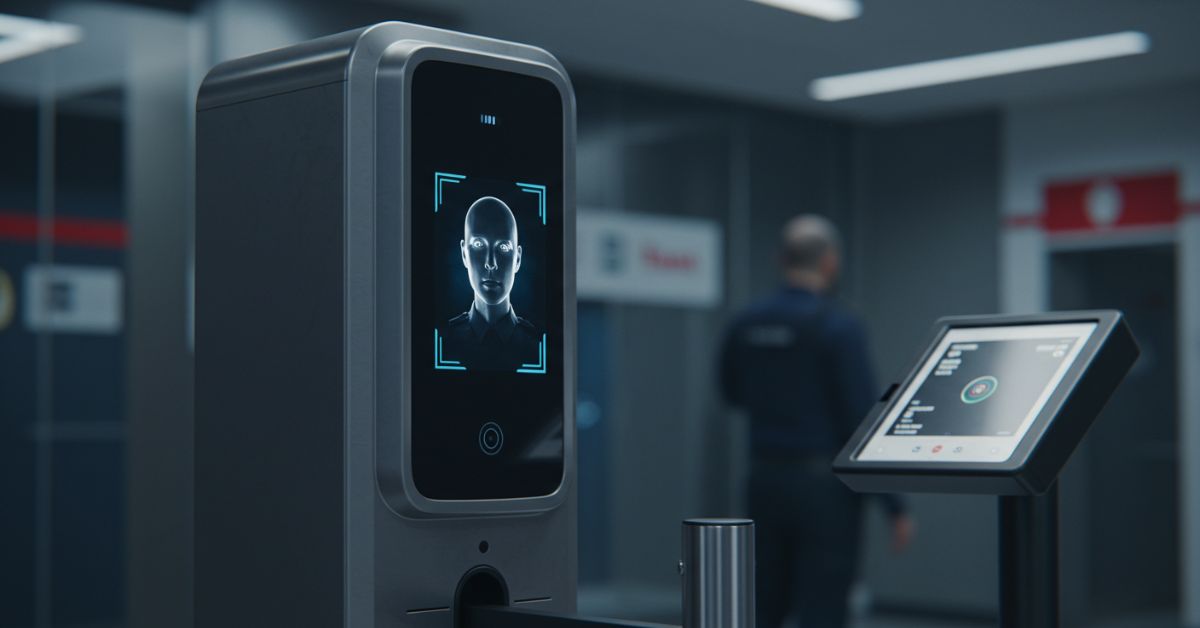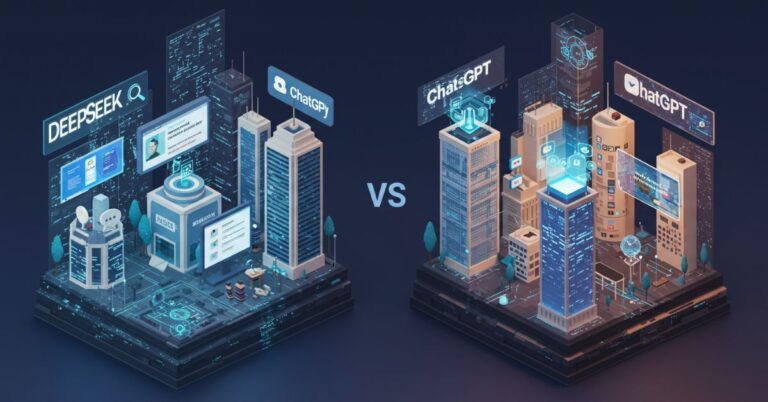Enhancing Bank Security with On Premise Face Verification
The protection of banks demands constant attention due to the prevailing security risks. Financial institutions encounter cyber threats, together with attempted fraud incidents, all day long. The persistent search for security system vulnerabilities is a continuous practice among hackers and criminals. Strong authentication techniques function as a security protection for customer accounts and their financial data. Traditional password-based access methods have become insufficient for security purposes. Currently, biometric authentication methods revolutionize financial institutions’ security systems for their users. The security system’s level becomes stronger while attackers find it increasingly difficult to penetrate it.
Among all biometric authentication methods, face verification stands as the most secure one. The system determines users by their distinctive facial characteristics. The system for face recognition operated by banks enables them to store and manage biometric data within their servers. The protection mechanism decreases both cyberattacks and unauthorized system access risks. The security system maintains overall compliance with data protection legislation. Financial institutions across the world are utilizing this technology to defend against fraud during secure banking operations.
Contents
On-Premise Solutions for Bank Security
On-premise solution function as security systems which run their operations directly from within a bank’s controlled infrastructure. The system stores and processes the biometric data at the local facilities rather than operating through cloud servers. Controlling sensitive information and working under greater security conditions becomes possible through this system. Several beneficial characteristics come from implementing face verification methods inside banks’ own infrastructure.
The bank’s internal network preserves biometric data so clients remain protected from potential data breaches. The nature of cloud-based security methods increases their exposure to cyber dangers. Banking regulations find better compliance through on-premise systems. All financial institutions need to follow established data protection laws strictly. Storing biometric information within company premises enables organizations to fulfill necessary requirements. The combination of reliability, privacy features, and security benefits makes many banks choose on-premise verification solutions.
Face Verification Online vs. On-Premise Systems
Online and on-premise face verification differ in security and data management. Online face verification relies on cloud-based services. The system stores and processes biometric data on distant servers. This is insecure and exposes data to breaches and hacking. On-premise solutions, however, process data within the infrastructure of a bank. This secures sensitive data and reduces vulnerabilities to cyberattacks.
Banks find on-premise solutions appealing since they give total control of biometric data. They also enable personalized security features that are specific to the requirements of a bank. Whereas online systems are convenient, they pose more significant risks. Banks prioritize security over convenience, making on-premise verification a preferred choice.
Implementing a Secure Face Verification System
A face recognition system in banking operates by taking and examining facial characteristics. The system checks a user’s identity by comparing their face to saved biometric information. It works with current security methods, like multi-factor authentication, to enhance safety. This system helps prevent unauthorized access.
Banks deploy these systems using specialized software and biometric scanners. Most financial institutions have already embraced face verification. For instance, certain banks employ it for ATM cash withdrawals, online banking login, and branch security. These systems prevent fraud and allow only the authorized person to access accounts. A thoughtfully constructed facial verification system enhances the security of a bank.
The Role of Facial Verification in Fraud Prevention
Facial verification helps reduce fraud. It prevents identity theft and stops account hijacking. Criminals often try to use stolen credentials to access bank accounts.. Face verification prevents this by requiring a biometric match. This technology also improves Know Your Customer (KYC) processes. Banks need to verify customer identities before opening accounts. Face verification ensures customers are who they claim to be. Advanced biometric authentication also reduces financial fraud. It stops fraudsters from creating fake identities or accessing restricted accounts. Many banks rely on face verification to strengthen security and prevent losses.
The Future of Online Face Verification in Banking
Biometric security is evolving rapidly. New technologies improve accuracy and security in face verification. AI-driven advancements enhance facial recognition capabilities. These systems become better at detecting fraud attempts and spoofing attacks. Banks also focus on balancing security with user experience. Customers expect smooth and hassle-free authentication processes.
Future systems aim to provide both security and convenience. Emerging trends include liveness detection and deepfake prevention. These features make face verification even more secure. As banks adopt biometric security, face verification will become a standard in financial authentication.
Conclusion
On-premise face verification offers strong security for banks. The system provides defense against online attacks while maintaining regulatory standard conformity. Detroit institutions wishing to boost security measures should embrace these systems. The implementation of face authentication systems enhances transaction security while fighting fraud crimes effectively. Banking institutions will heavily depend on biometric authentication techniques in the upcoming years. Financial institutions must maintain their position against cyber threats by implementing cutting-edge security technologies. The process of face verification presents organizations with a dependable system to both prevent fraud and maintain banking security.






